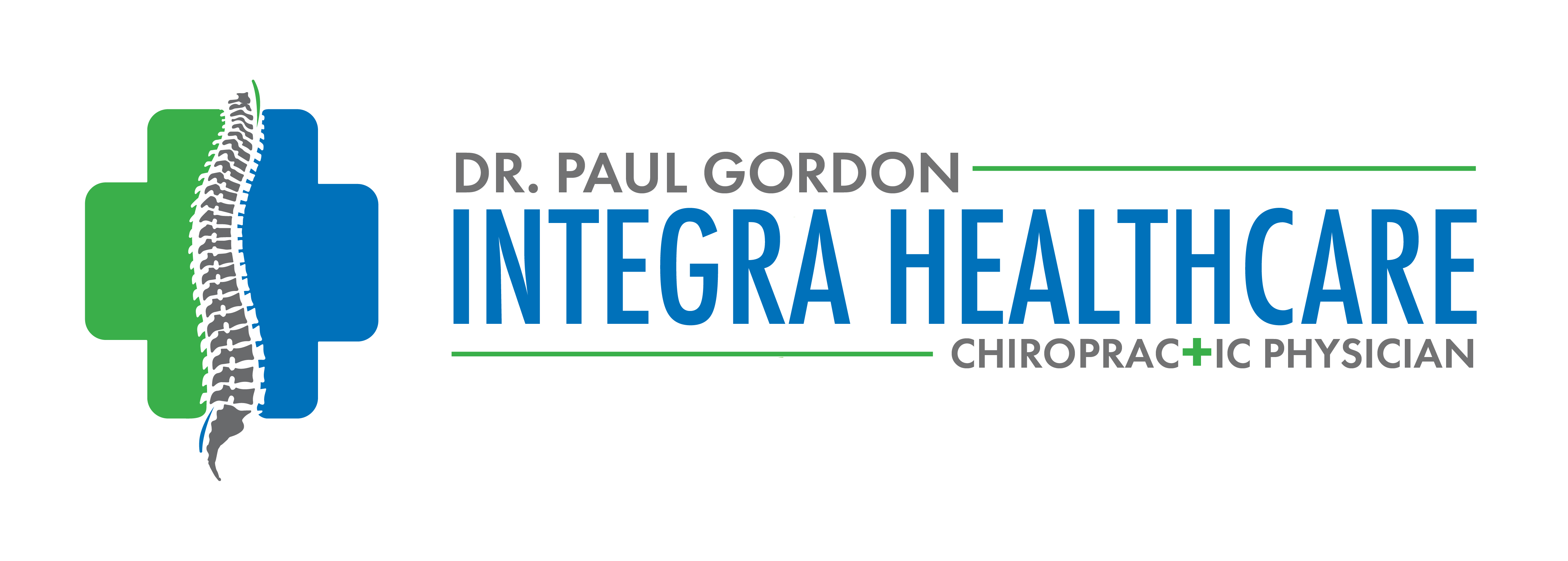What Is Myofascial Tissue?
 Myofascial tissue is a thin, strong, fibrous tissue that extends throughout your body to provide support and protection to your muscles and bones. The tissue consists of collagen and elastin fibers. These are arranged in a web-like structure and are suspended in a fluid called ground substance. With a tensile strength of more than 2000 pounds, myofascial tissue provides strong support for the muscles. It also allows for flexibility. You can think of myofascial tissue as a mesh bag that contains your groceries. It is pliable and expands and contracts as the contents of the bag change. Like a wetsuit, it envelops your body from the tips of your toes to the top of your head.
Myofascial tissue is a thin, strong, fibrous tissue that extends throughout your body to provide support and protection to your muscles and bones. The tissue consists of collagen and elastin fibers. These are arranged in a web-like structure and are suspended in a fluid called ground substance. With a tensile strength of more than 2000 pounds, myofascial tissue provides strong support for the muscles. It also allows for flexibility. You can think of myofascial tissue as a mesh bag that contains your groceries. It is pliable and expands and contracts as the contents of the bag change. Like a wetsuit, it envelops your body from the tips of your toes to the top of your head.
Dr. Janet Travell first used the term myofascial in the 1940s. She used the term to reference problems with musculoskeletal pain and trigger points. Her book, Myofascial Pain & Dysfunction: The Trigger Point Manual, even became the seminal reference work for practitioners of tripper point therapy. It particularly discusses the process of myofascial release. This involves a practitioner using elbows, knuckles or other tools to slowly stretch out the tightened myofascial tissue. As a result, he or she removes knots and adhesions.
In general, healthy myofascial tissue is soft and relaxed. However, trauma and inflammation to the tissue causes it to tighten and become more rigid. Knots or adhesions can also develop, which restricts motion and leads to the development of painful trigger points.
Trauma from whiplash, a fall, the effects of surgery or chronic bad posture are some of the things that contribute to myofascial pain syndrome. But it’s not just physical stress such as injury and illness that can cause the myofascial tissues to tighten. Emotional stress can have the same effect. This tightening can cause increased pressure on the muscles, nerves and organs that leads to chronic pain.
Many chiropractors practice myofascial release therapy. This means they can relieve pain from many conditions, including carpal tunnel syndrome, temporomandibular joint (TMJ) disorder, headaches and fibromyalgia. To do this, they stretch and loosen the tightened fascia restricting blood flow to the area. This increases circulation and lymphatic drainage, as well as takes pressure off compressed nerves.

Leave a reply